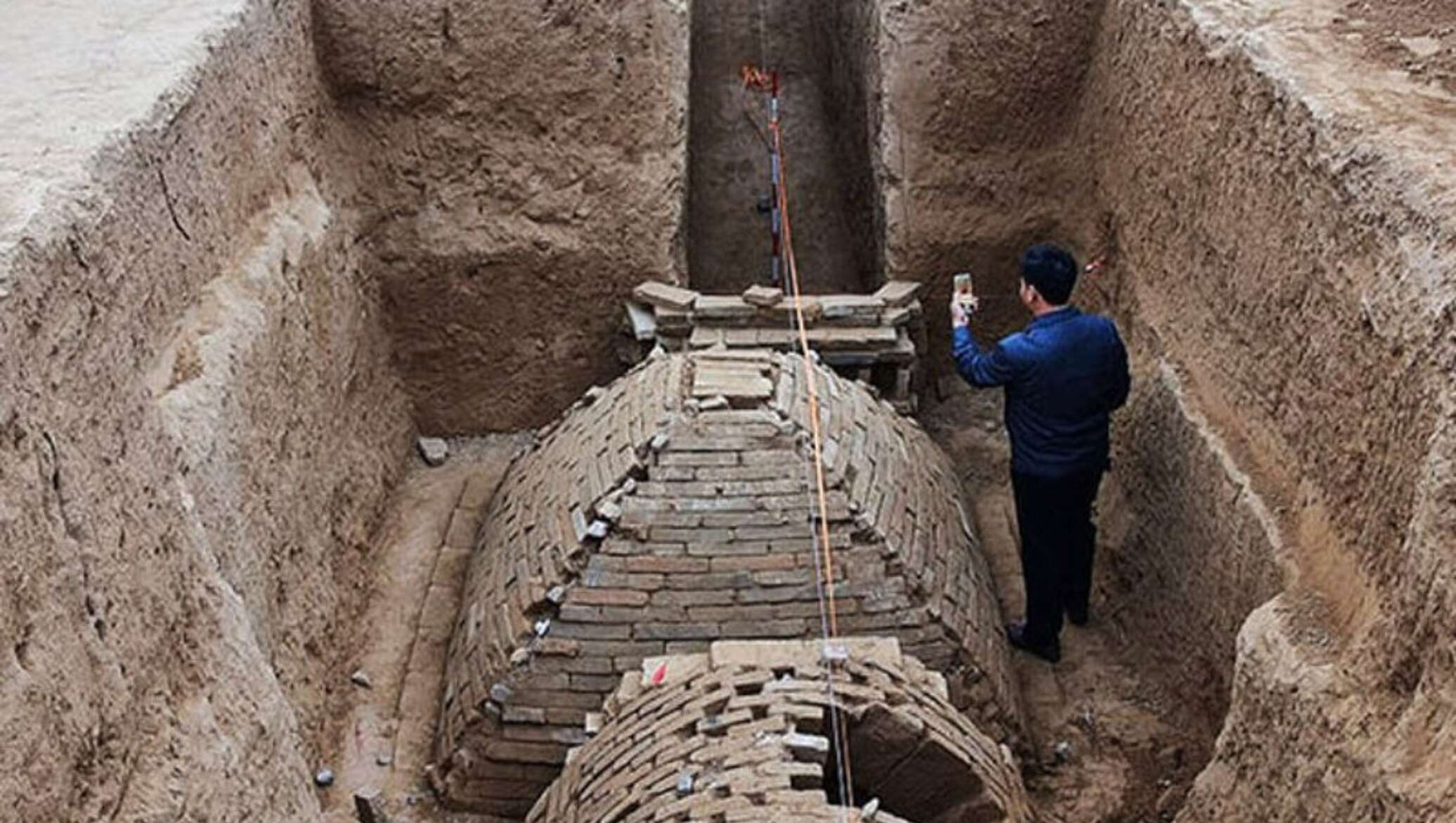The **Shicra technology**, originating over 5,000 years ago in ancient Peru, represents a remarkable innovation in seismic engineering. Used by the Caral-Supe civilization, one of the oldest known urban cultures in the Americas, Shicras are woven baskets made from vegetable fibers, filled with stones. These baskets were strategically placed beneath building foundations to create a natural anti-seismic system.

The primary function of the Shicra was to dissipate the energy generated by earthquakes, a common occurrence in the earthquake-prone region of the Andes. By absorbing and distributing seismic forces, the Shicra system helped prevent buildings from collapsing during tremors, making it one of the earliest known examples of earthquake-resistant architecture.

The technology is a testament to the advanced engineering skills of the Caral-Supe people, who lived in what is now the coastal desert of Peru around 3000 BCE. Despite limited resources, they developed sophisticated methods to protect their structures from natural disasters. The use of Shicras highlights the deep understanding these ancient people had of their environment and the natural forces that shaped it, offering valuable insights into early architecture and disaster mitigation techniques. Today, Shicra technology stands as an enduring symbol of ancient ingenuity and resilience.




